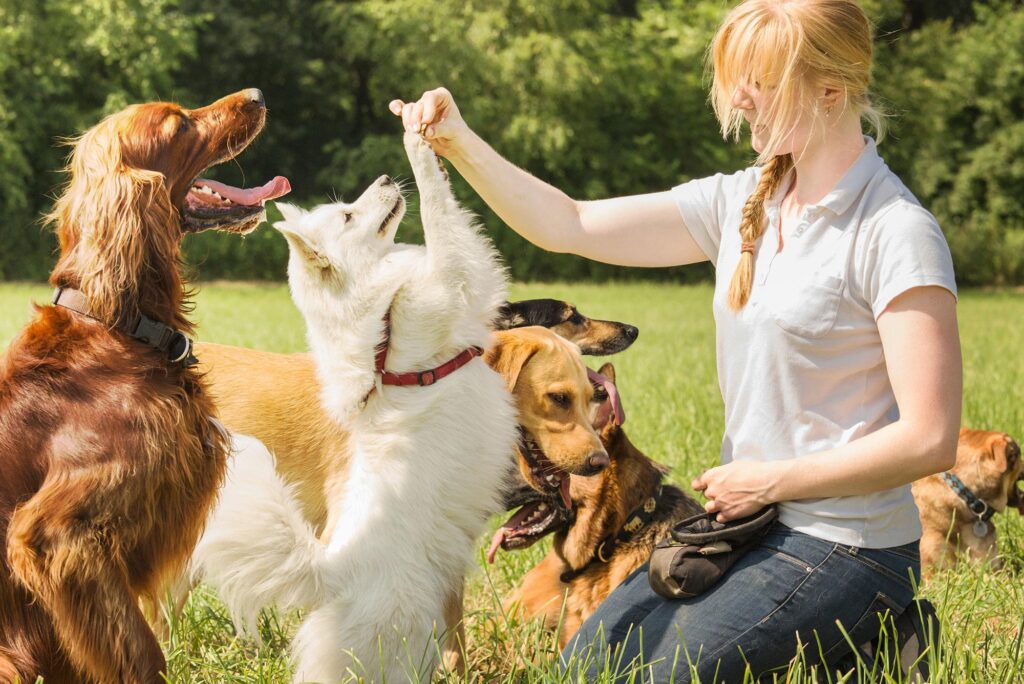
Build a Bond: Positive Reinforcement Dog Training Tips You Can Use Today
Loving relationship with your dog is rewarding, and good training is the foundation. Positive reinforcement is a compassionate and effective way to build trust and motivate your dog to learn. It’s about rewarding desired actions and making Dog Training Tips fun for both of you. You can shape your dog’s behaviour and enhance your relationship from the start by knowing and using positive reinforcement.
Understanding What Motivates Your Dog
Finding out what your dog values is the first step in positive reinforcement training. Small, soft, and simple-to-swallow treats; favorite toys; passionate praise; or a brief game of fetch are all options for many dogs. You may use motivators to get your dog to repeat desirable activities after you know what they like. Try different treats to see which motivates your dog most.
Timing and Consistency Matter
Reward timing is critical when applying positive reinforcement. After your dog performs the appropriate action, reward them within 1-3 seconds. This rapid response helps your dog grasp their reward. To teach sit, treat your dog when its rear hits the ground. To prevent confusing your dog, everyone in the family should follow the same orders and incentive system. These exact Dog Training Tips help your pet understand.
Dissecting Complex Behaviours
A desired habit may appear too difficult for your dog to learn at once. Positive reinforcement works best when you break down these behaviours into smaller segments. When teaching stay, praise your dog for waiting for one second, then two, then progressively increasing the time. Through shaping, your dog gains confidence at each step, making learning easier and more fun.

Clickers and Verbal Markers
Use a clicker or vocal signal to improve timing. Clickers, little devices that generate a unique sound, are strong secondary reinforcers when used with rewards. The click signals your dog’s right conduct, followed by the main incentive. This obvious indication helps your dog link their activity to the pleasant consequence, speeding up learning.
Problem-solving and patience
Not every workout is perfect; that’s normal. If your dog isn’t getting it, check the reward, steps, or timing. In positive reinforcement training, patience is key. You and your dog should take breaks when stressed to avoid irritation. Remember that every good contact enhances your relationship, and failures are only chances to improve.
Positive reinforcement Dog Training Tips is a wonderful way to create a strong, trustworthy, and joyous relationship with your dog. By understanding your dog’s motives, maintaining precise timing and consistency, breaking down actions into small steps, and employing effective markers, you may teach successfully. With respect and pleasant experiences, this method teaches your dog essential skills and builds a stronger bond.

